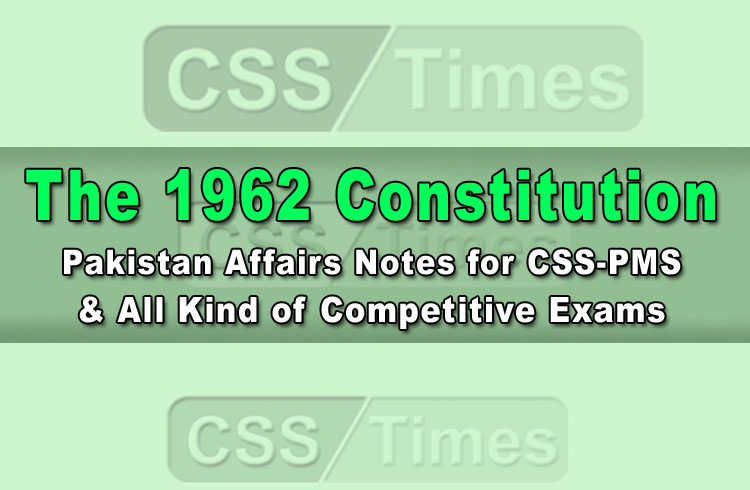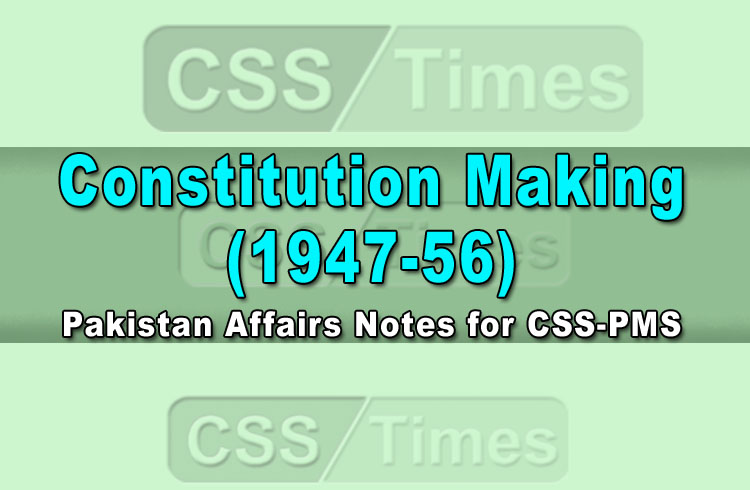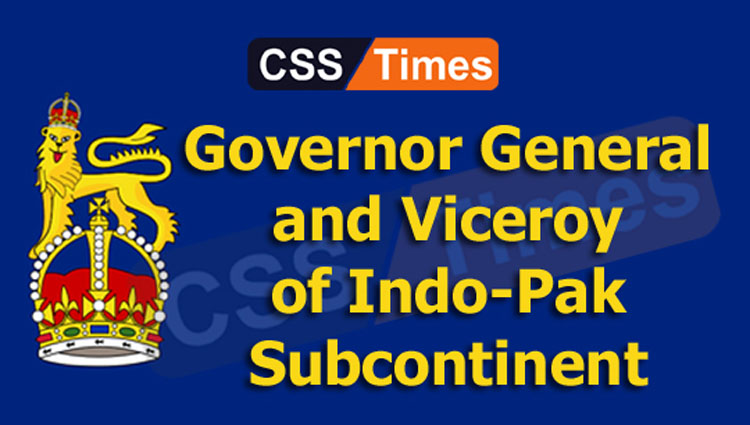The 1962 Constitution | Pakistan Affairs Notes for CSS-PMS
1: Background
Military took over on 7 October 1958 and consequently Ayub Khan became Chief Martial Law Administrator. One major task was to frame a new Constitution. The administration was critical of Parliamentary system because it caused instability in the past. They sought stability of the nation in the gradual development of democracy.
2: 1962 Constitution Making
The government introduced Basic Democracies in October 1959. Under this system Forty Thousand basic democrats (local councilors) were to be elected in each province. They have to perform functions as local government and their role in developmental work. They also acted as an electoral college for the election of president and the national assembly.
Elections for the Basic Democracies (BD) were held in December 1959 and January 1960. Then Presidential referendum was held by the elected BD members on February 17, 1960. A Constitutional Commission was established in February 1960 under the chairmanship of Justice Shahabuddin, former Chief Justice. The tasks assigned to the Commission were:



